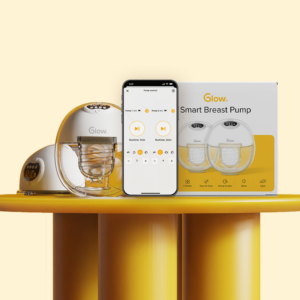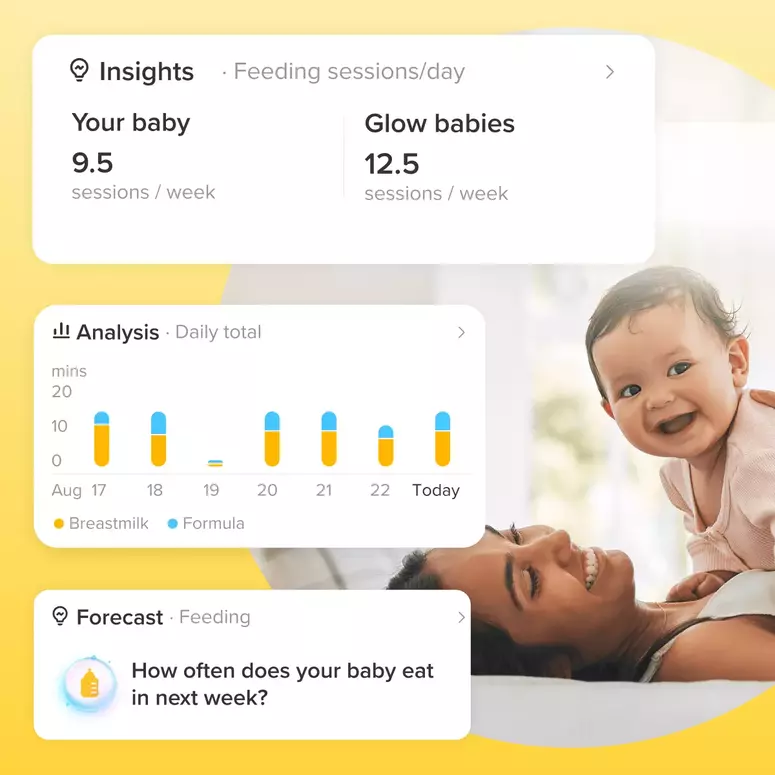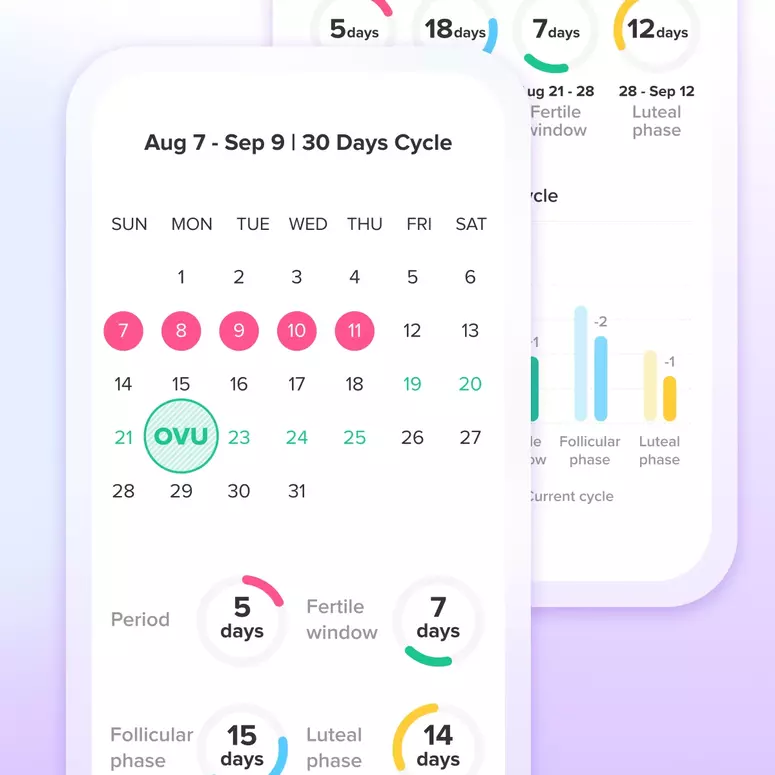Breastfeeding, while natural, can be demanding. Breast pumps offer a valuable tool for mothers, providing flexibility and support in their feeding journey. Whether for expressing milk for later use, increasing supply, or relieving engorgement, the right pump can make a world of difference. However, with a plethora of options available, choosing the perfect pump can feel overwhelming. Here’s a breakdown of the common types to help you navigate this essential purchase.
1. Manual Breast Pumps: Simplicity and Portability

Manual breast pumps, powered by hand through a lever or handle, are a budget-friendly and travel-ready option due to their affordability and portability. Their quiet operation allows for discreet use, and they offer users complete control over suction. However, they can be time-consuming and lead to hand fatigue due to the repetitive motions, and they’re generally less efficient for those needing to pump frequently or in large volumes.
2. Electric Breast Pumps: Efficiency and Convenience

Electric breast pumps, powered by a motor for suction, offer significantly faster milk expression compared to manual pumps. They come in two main types: single and double. Single electric pumps express milk from one breast at a time, making them more efficient than manual pumps but still requiring twice the time compared to double electric pumps. Double electric pumps, on the other hand, express milk from both breasts simultaneously, making them the most efficient option for time-pressed mothers. They often feature adjustable suction and speed settings, allowing for personalization and potentially increasing milk supply. However, electric pumps are generally more expensive than manual pumps, can be less portable, and may produce some noise during operation.
3. Hospital-Grade Breast Pumps

Hospital-grade breast pumps are powerful and durable machines designed for frequent and prolonged use. They are often found in hospitals or rented out to mothers. These pumps have strong motors that provide consistent suction and are built to withstand heavy use. They are often designed for multiple users, making them suitable for hospital settings where hygiene protocols are in place. Hospital-grade pumps are particularly beneficial for mothers with low milk supply, those who need to pump frequently, or those whose babies require extra support, such as premature infants. Due to their high cost, they are typically rented rather than purchased.
4. Wearable Breast Pumps
Wearable breast pump offer a modern, hands-free approach to pumping, fitting discreetly within a bra for ultimate convenience and multitasking. Their portable and lightweight design makes them ideal for pumping on the go. However, they typically come at a higher cost than traditional electric pumps, and their milk collection capacity may be limited. Users might also experience variations in suction strength and a learning curve to ensure proper usage.
Choosing the Right Pump:
The best breast pump for you depends on your individual needs and lifestyle. Consider factors such as frequency of pumping, budget, portability, and comfort. If you’re unsure, consult with a lactation consultant or healthcare professional for personalized advice. Ultimately, the goal is to find a pump that supports your breastfeeding journey and empowers you to provide the best nourishment for your baby.





